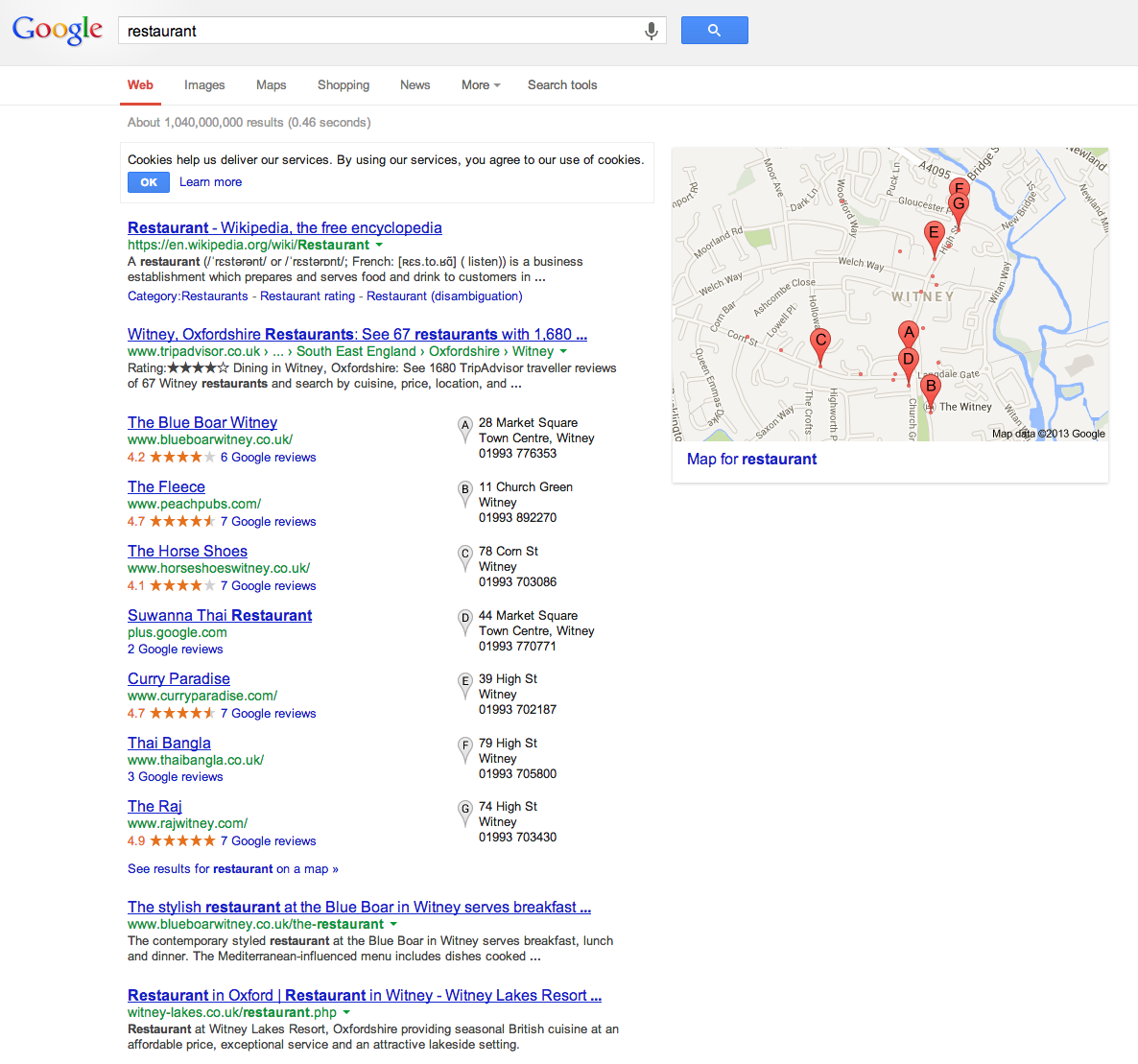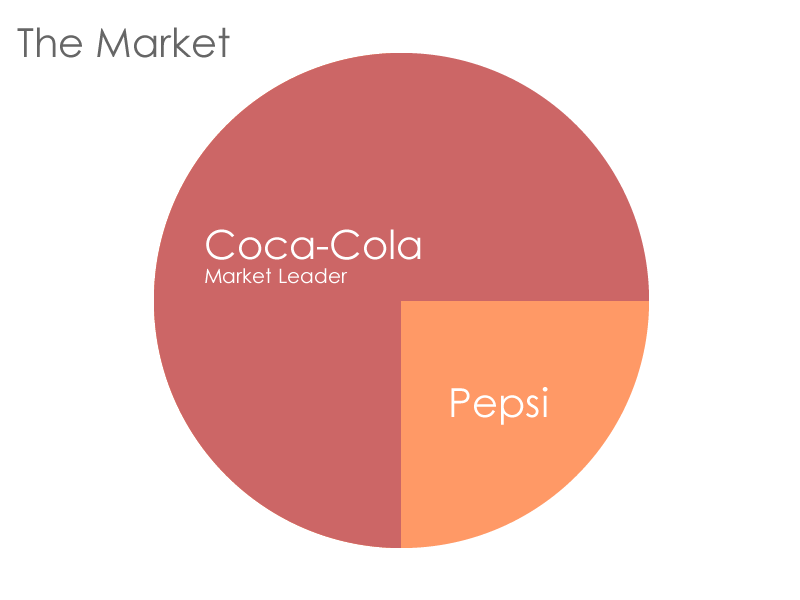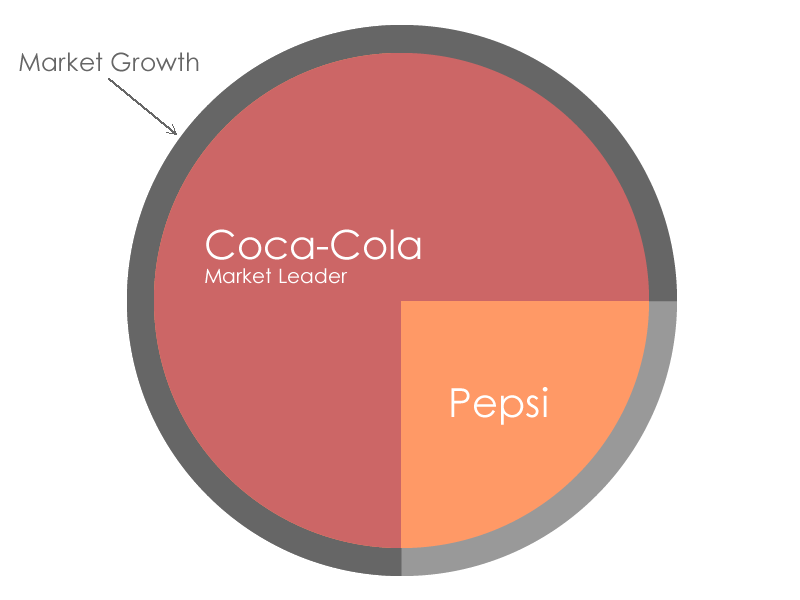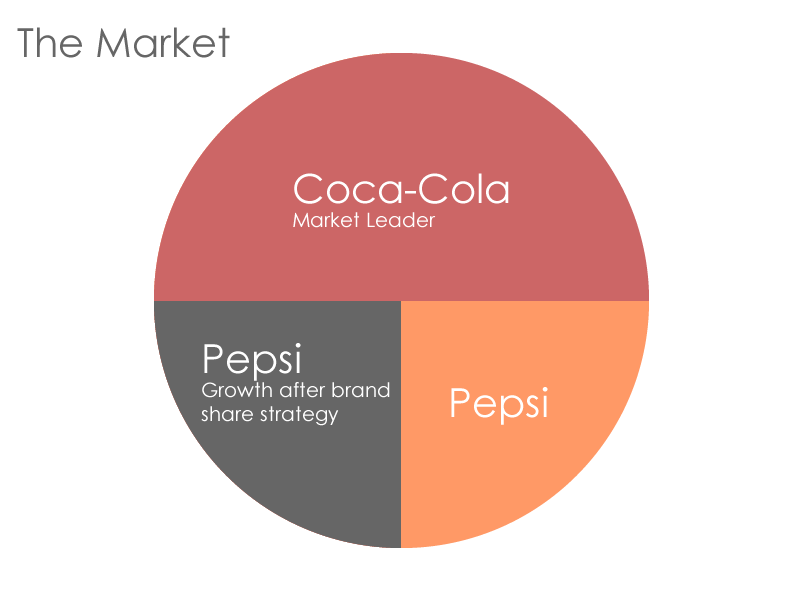I’m reading Creativity Inc. by Ed Catmull at the moment.
It’s fantastic, the best book on working in a creative environment I’ve ever read, and I’ve read literally some.
The whole book is fantastic, but one chapter in particular stands out.
It is a chapter about finding balance.
Balance between the need to keep a team busy, yet allow them the space to come up with new ideas.
Catmull uses two analogies to describe the struggle that many organisations go through.
The first is the hungry beast.
The hungry beast wants stuff happening all of the time.
When there is a team of people employed, the hungry beast insists that they are engaged in productive work all of the time.
You wouldn’t want a team of paid staff sitting idle for very long.
Ugly babies are new ideas.
They’ve just been born, and like a lot of babies, they’re ugly.
They are ideas that are different to anything that has come before.
The seem strange, different, sometimes alien.
But they often grow into not-so-ugly adults.
So they need protecting.
New ideas and the need for 100% productivity are not opposites.
But they do upset each-other’s balance.
An organisation that concentrates on ‘feeding the hungry beast’ is likely to be productive, but it also eats ugly babies; killing the new ideas that are the future of the company.
An organisation full of ugly babies will be full of new ideas, and some will become organisation changing.
But the time spent nurturing ugly babies leaves the beast pretty hungry.
Catmull suggests that the success of an organisation rests on its’ ability to strike a balance between feeding the beast and protecting and nurturing ugly babies.
Or to translate – keeping the business producing a successful output whilst continuing to develop and explore new ideas and ways of working.
A business that ignores one or the other will either eat itself, or fade into obscurity.
This needn’t just apply to creative organisations either.
Take Ford and Toyota.
Ford was famed for its production line.
The production line would roll all hours of the day, producing vehicles at all times and stopping for nothing.
Toyota took another approach, it developed a production line that anyone could stop if they spotted a problem.
It was a new way of working, and it meant that Toyota enjoyed periods of producing what some would argue were the most reliable vehicles in the market.
Ford, on the other hand, had to grapple with the effort of always remaining productive.
Both systems produced good results, although Toyota arguably nurtured the better ugly babies.
Its’ production system now has a huge following (lean manufacturing) and they launched the genre-defining hybrid Prius.
If Toyota hadn’t found the balance between protecting ugly babies and continuing to feed the hungry beast, it would simply have become another manufacturing company, facing exactly the same issues as Ford and potentially missing the opportunity to develop something new.
Catmull finishes the chapter by reciting his (and my) favourite quotation from a Pixar film.
At the end of Ratatouille, food critic Anton Ego delivers a review of Gusteau’s Restaurant.
Anton Ego summarises better than I ever could the importance of protecting new ideas:
In many ways, the work of a critic is easy. We risk very little, yet enjoy a position over those who offer up their work and their selves to our judgement.
We thrive on negative criticism, which is fun to write and to read. But the bitter truth we critics must face, is that in the grand scheme of things, the average piece of junk is probably more meaningful than our criticism designating it so.
But there are times when a critic truly risks something, and that is in the discovery and defence of the *new*. The world is often unkind to new talent, new creations. The new needs friends.
Here is Anton Ego delivering his review in this great scene:



